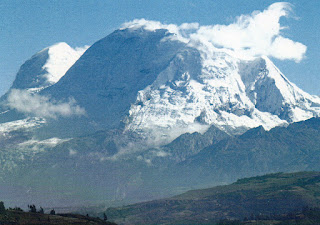The Madeira Laurisilva forest is considered to be the largest of its kind. Unfortunately I've never been in any of the Portuguese islands.
 |
| "Levadas" of Madeira |
This postcard was sent by Steffi
The Laurisilva of Madeira is an outstanding relict of a previously widespread laurel forest type. It is the largest surviving area of laurel forest and is believed to be 90% primary forest. It contains a unique suite of plants and animals, including many endemic species such as the Madeiran long-toed pigeon. - in: http://whc.unesco.org/en/list/934/
 |
| "Levadas" of Madeira |
This postcard was sent by Martinha
The Laurisilva is intrinsically linked to the destiny of Madeira. From the condensation of the fog carried by the north-east trade winds and caught by the central mountain range, the amount of rainfall at high altitudes, e.g. Bica da Cana situated at 1 560m is, on average 2,967mm per annum, to the retention of water in the leaves, branches and tree trunks of this ancient forest, the slow seeping of the water into the soil from whence it wells up again after encountering impenetrable layers of rock, the precious water is channelled to a vast network of “levadas” for consumption by the population, agriculture and the hydroelectric power stations for the production of electric energy. - in: http://naturemeetings.com/madeira/laurisilva-forest/
This postcard was sent by Joana
Levada do Alecrim is part of the network of levadas that start in the Rabaçal area.
Along the way there is a high rate of endemic flora such as the Madeiran orchid and giant sow thistles. In addition to unique flora there are amazing views onto the Rabaçal and Ribeira da Janela valleys. - in: http://www.cmcalheta.pt/en/visit/walking-routes/list-of-routes/levada-do-alecrim
 |
| Levada do Alecrim |
Levada do Alecrim is part of the network of levadas that start in the Rabaçal area.
Along the way there is a high rate of endemic flora such as the Madeiran orchid and giant sow thistles. In addition to unique flora there are amazing views onto the Rabaçal and Ribeira da Janela valleys. - in: http://www.cmcalheta.pt/en/visit/walking-routes/list-of-routes/levada-do-alecrim

























